5 ways to hide power outlets by the niftiest interior designers we know
These tricks for how to hide power outlets will come in use if you're designing a room from scratch or working with existing layouts
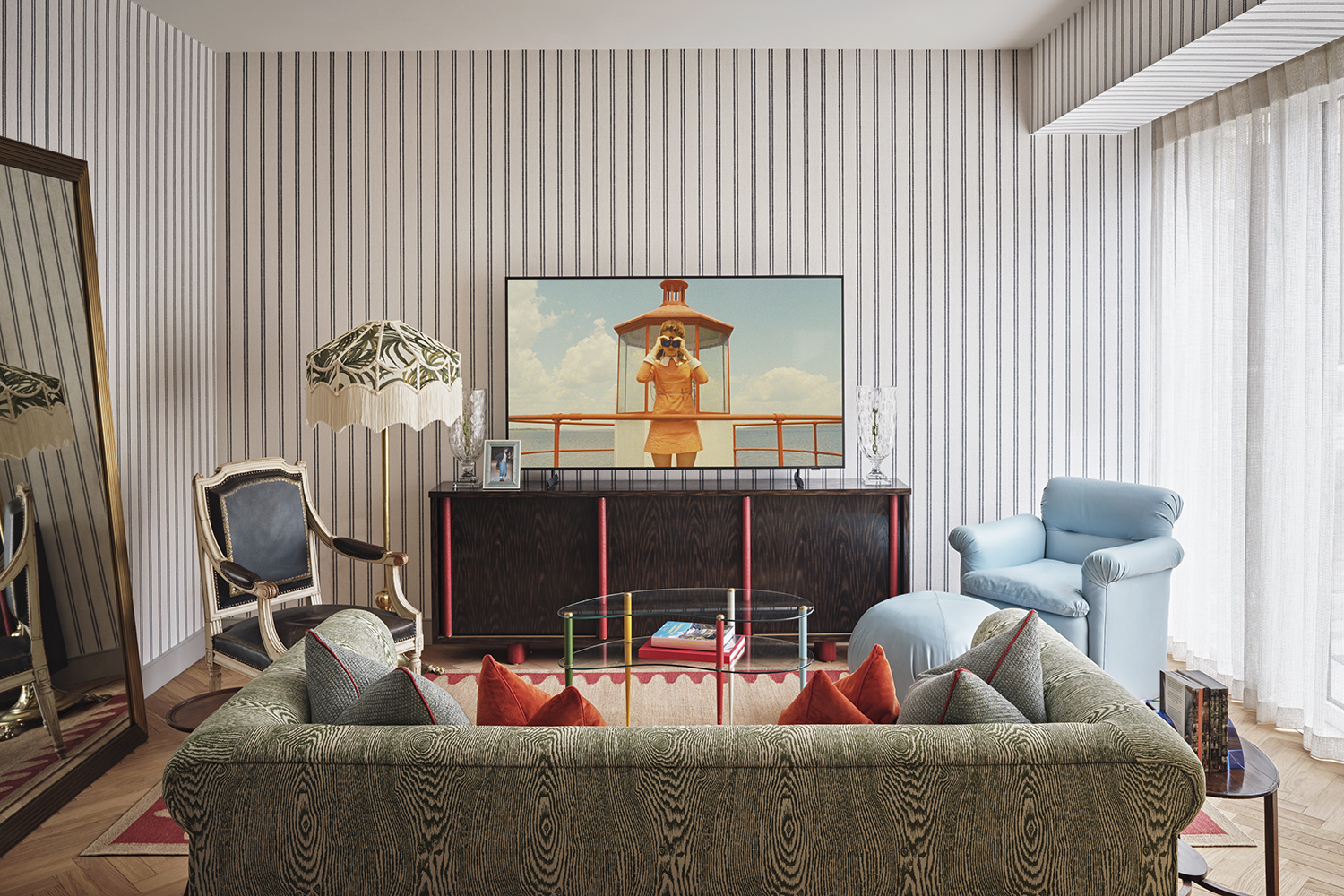
How to hide power outlets is one of the trickiest things to worry about when designing a room. But in fact, finalizing electrics is ideally one of the very first jobs you should tackle. Once you know what power outlets you will need and roughly where they need to be in a room the next step is to start thinking about ways you could minimise their visual noise. Yes, when it comes to interior design, the less that gets in the way of the pretty stuff, the better.
The good news is, even if you can’t move the position of the outlets, there are some great tricks and ways to hide them easily with a couple of styling shortcuts.
5 ways to hide power outlets
1. Install strategically positioned floor outlets
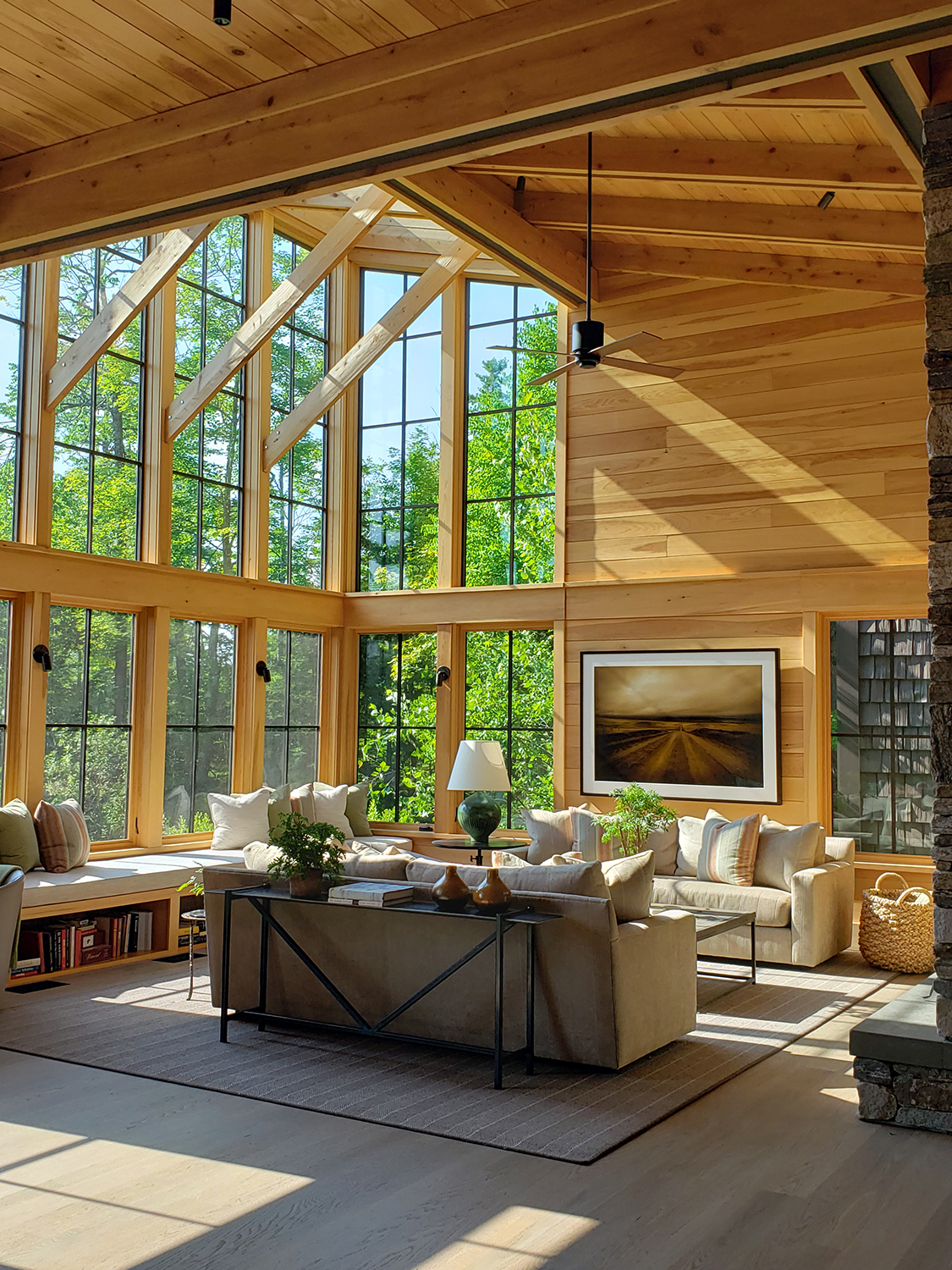
If you do have the luxury of starting from scratch with a room or house design and you are in a position to be able to steer how and where the electrics are positioned, this tip is for you. For a sleek and sophisticated look opt for floor outlets in a living room. The outlet is recessed and then hidden under a sofa to allow for a very streamlined look, like in this minimalist living room.
‘When on the floor, I usually have the electrician install them last so they are aligned with the middle of a sofa,' Cláudia Kalur from CFK Interiors explains. 'Then the rug installer will come do a nice cutout. This will be covered and even if it's under a table or high legged chair, the outlet is recessed so all you see is a cord going to it and the actual plug.’
2. Hide outlets in a cupboard
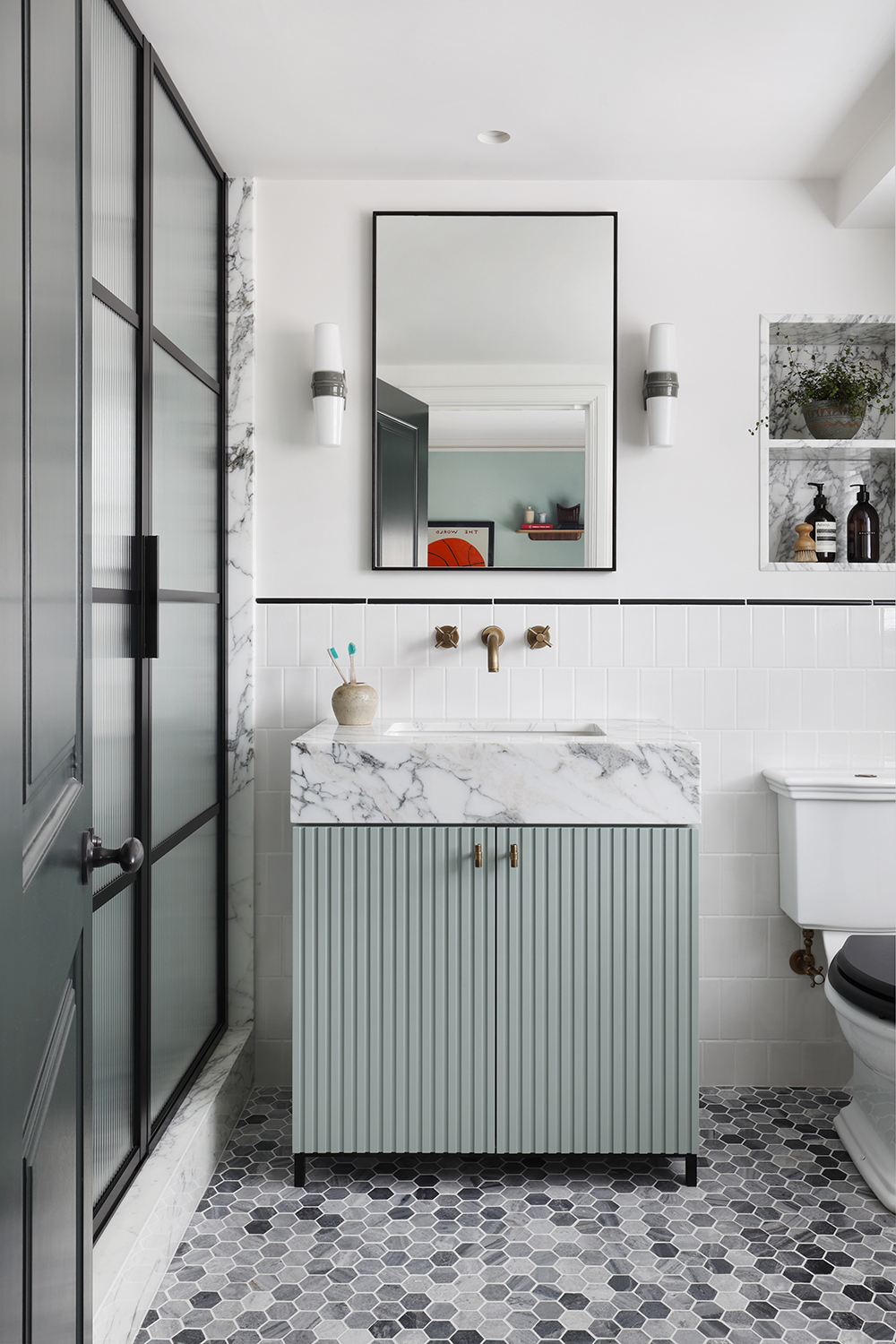
To help keep your walls and surfaces streamlined you can opt to hide your sockets inside a cupboard. Designer Sophie Rowell shares how she recently ‘created a kitchen with a worktop cupboard with all the sockets in so all items that need to be plugged in are completely hidden leaving the rest of the work top socket free’. This approach is also particularly effective in a bathroom where sockets can be hidden in a vanity unit like the image shown above.
Designer Christian Bense explains further. ‘We opted to house both the isolator switch for the underfloor heating and the shaver socket in the mirrored vanity unit above the basin,' he says, of this modern bathroom, above. 'That way you can charge a razor or a toothbrush out of sight.’
3. Distract the eye with patterned wallpaper

This is a great tip, particularly for those that are stuck with existing power outlets that are difficult to hide. Using highly patterned wallpaper keeps your eye busy and the outlets are essentially hidden in plain sight. Think of them as camouflaged by other more exciting features.
‘Because of the busyness of this wallpaper stripe, I knew I didn’t have to fuss about trying to hide the outlets and instead, I could integrate them as a detail,' says the designer Laura Marino of Studio L London. 'I chose the elegantly modern Arteror outlet from Legrand in a gloss white, so if people notice them, they look slick. Then I asked my installer to start on the wall where I knew the view would be most prominent and align the outlet between the stripes so everything looked intentional. From there, you float the furniture strategically so they’re not glaringly visible and voilà!'
4. Hide outlets behind furniture
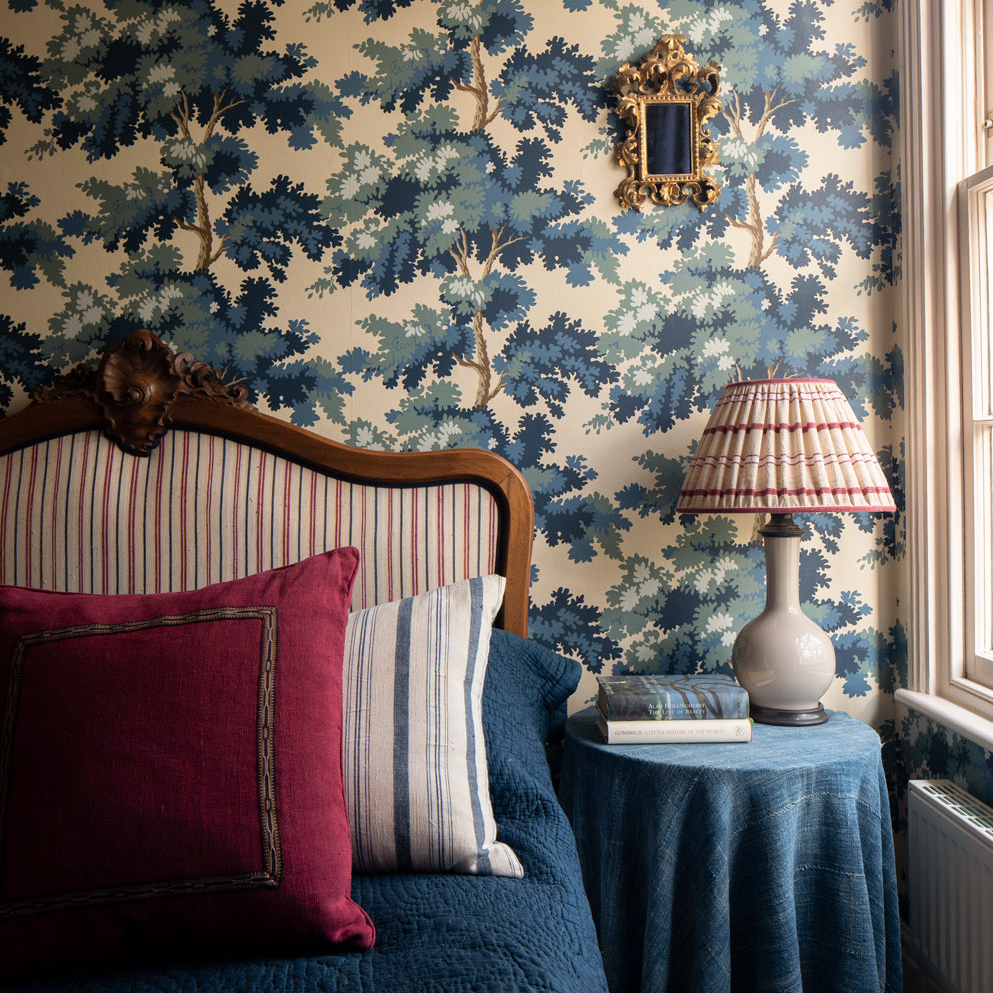
You might think this goes without saying, but planning the outlet positions around the layout is one of the smartest things you can do.
‘The easiest way to hide a power outlet is to put it behind a piece of furniture,' says the designer Susan Deliss. This is a universal tip that can work regardless of room, size or budget. If you are opting for this approach in a bedroom, as per the image above, it is very important to carefully consider the height of your bedside table so that it effectively hides the sockets.
Draping a bedside table can also be particularly effective too.
5. Use accessories to cover outlets in kitchens
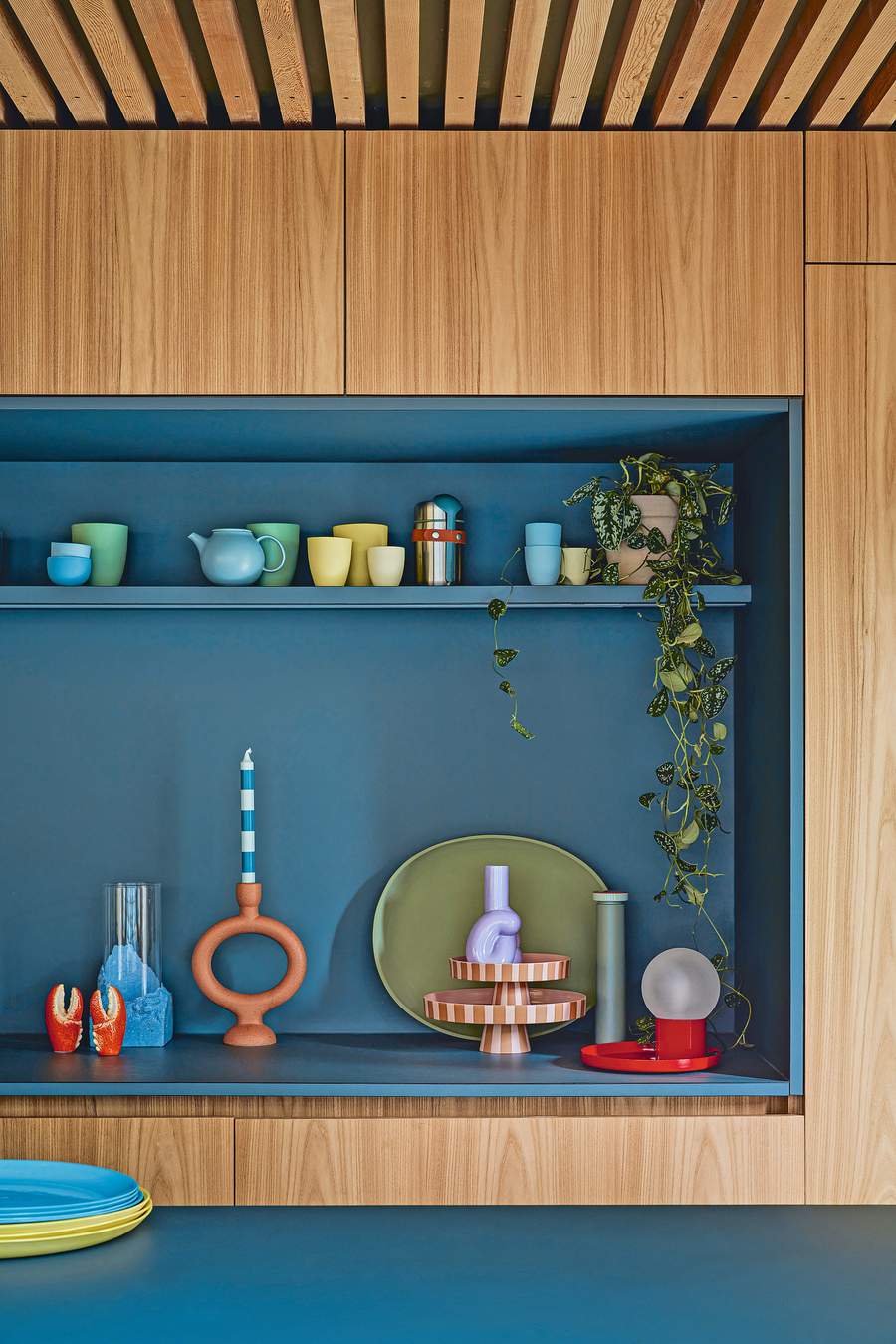
Having sufficient access to power outlets in a kitchen is essential. You don’t want to be in a position where you have to unplug the toaster to use the coffee maker! But how do you hide all of them?
Sophie Rowell from Cote de Folk opts for using those finishing touches to a room strategically including, ‘stacking vintage chopping boards’ against a socket, or putting a small potted plant in front of one. Similarly, she also suggests that you can ‘lean a small artwork against the work top to conceal them.’
Be The First To Know
The Livingetc newsletters are your inside source for what’s shaping interiors now - and what’s next. Discover trend forecasts, smart style ideas, and curated shopping inspiration that brings design to life. Subscribe today and stay ahead of the curve.
Charlotte Alldis started her interiors Instagram account Thrifted Abode nearly five years ago. Since then she has renovated two properties and has been passionately learning about interior design along the way. She has just launched her interior design consultancy whilst also continuing to work as a Marketing Director for a hotel. Her work as a marketeer over the last decade has given her great foundations to appreciate good aesthetic design and the power of fantastic photography. She is beyond excited to finally kick start her interior design business.
-
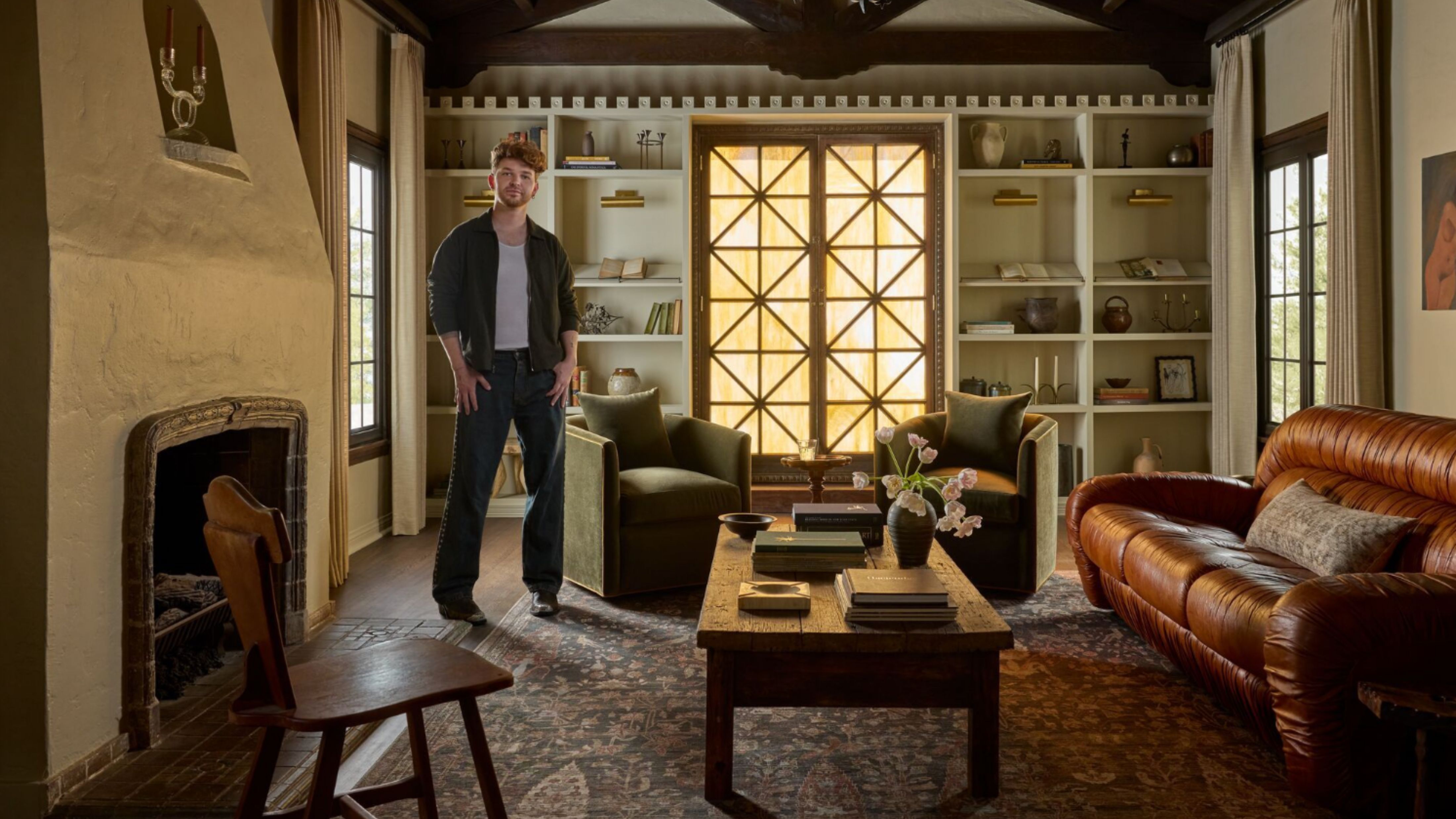 Lone Fox's Drew Michael Scott Drops a Vintage Capsule with Joon Loloi (And Some Seriously Good Tips For Thrifting Antiques)
Lone Fox's Drew Michael Scott Drops a Vintage Capsule with Joon Loloi (And Some Seriously Good Tips For Thrifting Antiques)Sourced straight from one of the world's biggest antique shows, Drew shares how to stay sane, cut through the noise, and score what you actually want
By Julia Demer Published
-
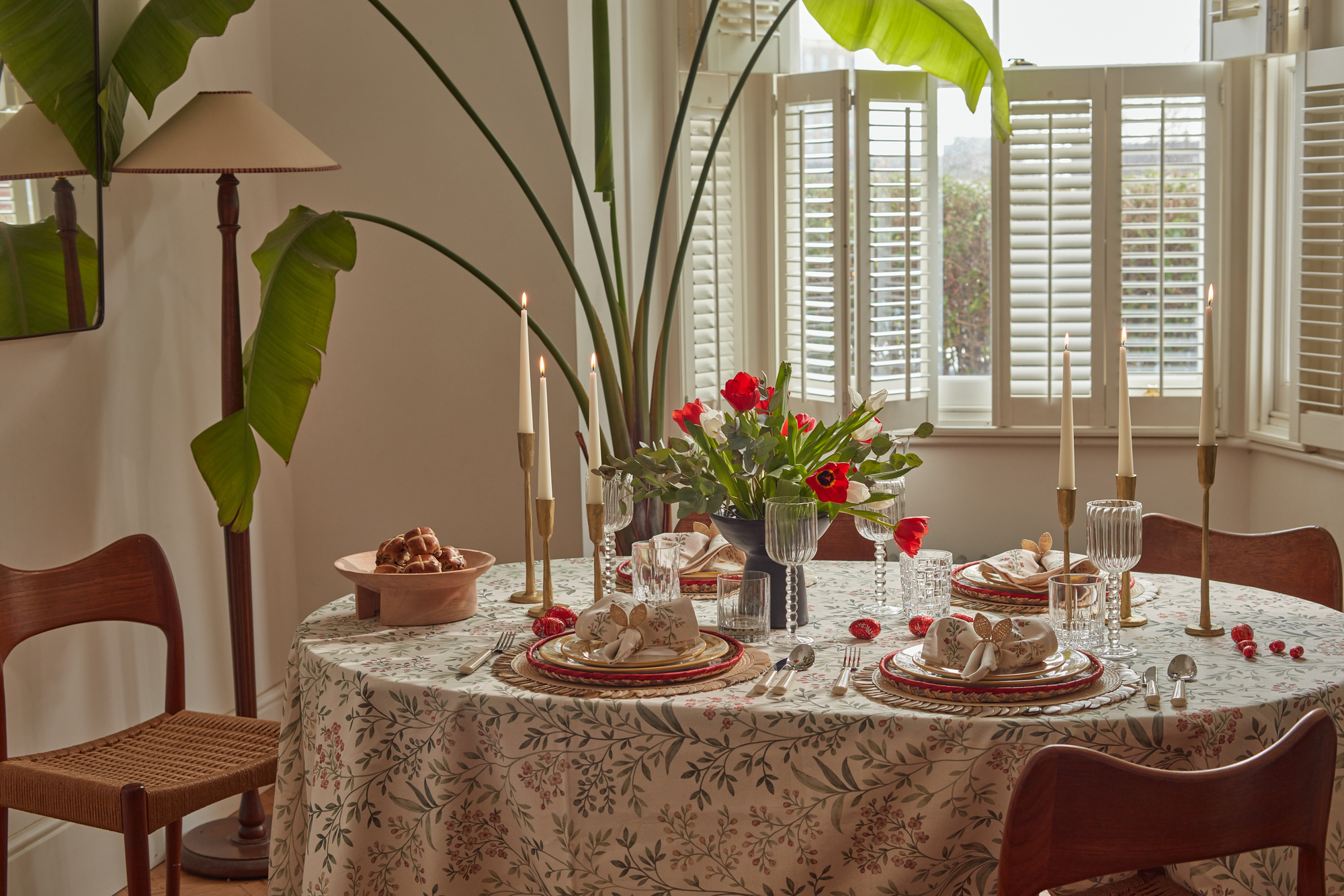 9 Easter Table Decor Ideas to Plan Now for Perfect Tablescapes This Season
9 Easter Table Decor Ideas to Plan Now for Perfect Tablescapes This SeasonFrom centerpieces and color schemes to tablecloths and seasonal themes, let these designer-approved ideas inspire your table styling this Easter
By Lilith Hudson Published